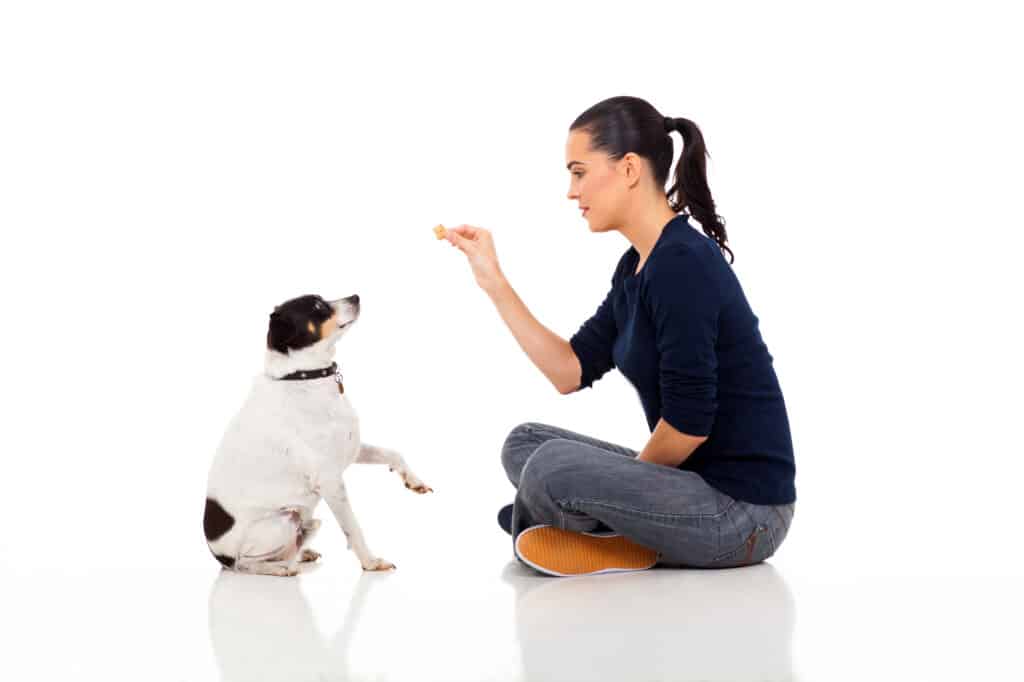
Training a dog is an essential part of responsible pet ownership. It not only makes life easier for both the owner and the dog but also ensures the dog’s safety and well-being. This article will explore how principles of positive reinforcement and operant conditioning can be applied in dog training.
Understanding Operant Conditioning
Operant conditioning is a learning process where behavior is shaped by its consequences. It was first proposed by psychologist B.F. Skinner identified four types of responses:
- Positive Reinforcement: Adding a rewarding stimulus to increase the likelihood of a behavior.
- Negative Reinforcement: Removing an aversive stimulus to increase the likelihood of a behavior.
- Positive Punishment: Adding an aversive stimulus to decrease the likelihood of a behavior.
- Negative Punishment: Removing a rewarding stimulus to decrease the likelihood of a behavior.
The Role of Positive Reinforcement in Dog Training
Positive reinforcement involves adding a reward after a good behavior, making the behavior more likely to occur in the future. In dog training, it could mean giving a treat or praise when the dog performs a desired action.
Here are some reasons why positive reinforcement is effective in dog training:
Strengthens Behavior
Positive reinforcement strengthens the desired behavior by providing a reward. This makes the dog more likely to repeat the behavior in the future.
Builds Trust
Using positive reinforcement builds trust between the dog and the trainer. It creates a positive association with the training process, making the dog more willing to learn.
Promotes Long-Lasting Behavioral Change
Positive reinforcement promotes long-lasting behavioral change because it creates a positive learning environment. The dog tends to learn to associate good behavior with rewards, which encourages them to continue behaving well even without immediate rewards.
Applying Positive Reinforcement and Operant Conditioning in Dog Training
Here are some practical ways to apply these principles in dog training:
Teaching Basic Commands
You can use Positive reinforcement to teach basic commands like “sit,” “stay,” or “come.” For example, when teaching a dog to sit, you could give a treat and praise the moment the dog sits on command.
House Training
Positive reinforcement is also effective in house training. Rewarding your dog for doing their business outside encourages them to repeat this behavior.
Leash Training
Leash training can be made easier with positive reinforcement. Giving your dog a reward for walking nicely on a leash without pulling can reinforce this behavior.
Implementing Positive Reinforcement Effectively in Dog Training
To effectively implement positive reinforcement in dog training, follow these steps:
Identify the Behavior
Clearly identify the behavior you want to reinforce. The more specific, the better.
Choose Appropriate Reinforcement
Choose a reinforcement that is appropriate and desirable for your dog. It could be a favorite treat, verbal praise, or a toy.
Deliver Reinforcement Immediately
The reinforcement should be given immediately after the desired behavior to create a clear association between the behavior and the reward.
Be Consistent
Consistency is key in reinforcement. The same behavior should always lead to the same reinforcement.
In conclusion, positive reinforcement and operant conditioning are powerful tools in dog training. They provide a framework for understanding how actions and consequences influence behavior. By applying these principles effectively, we can encourage desirable behaviors and create positive, long-lasting behavioral changes in our dogs.



